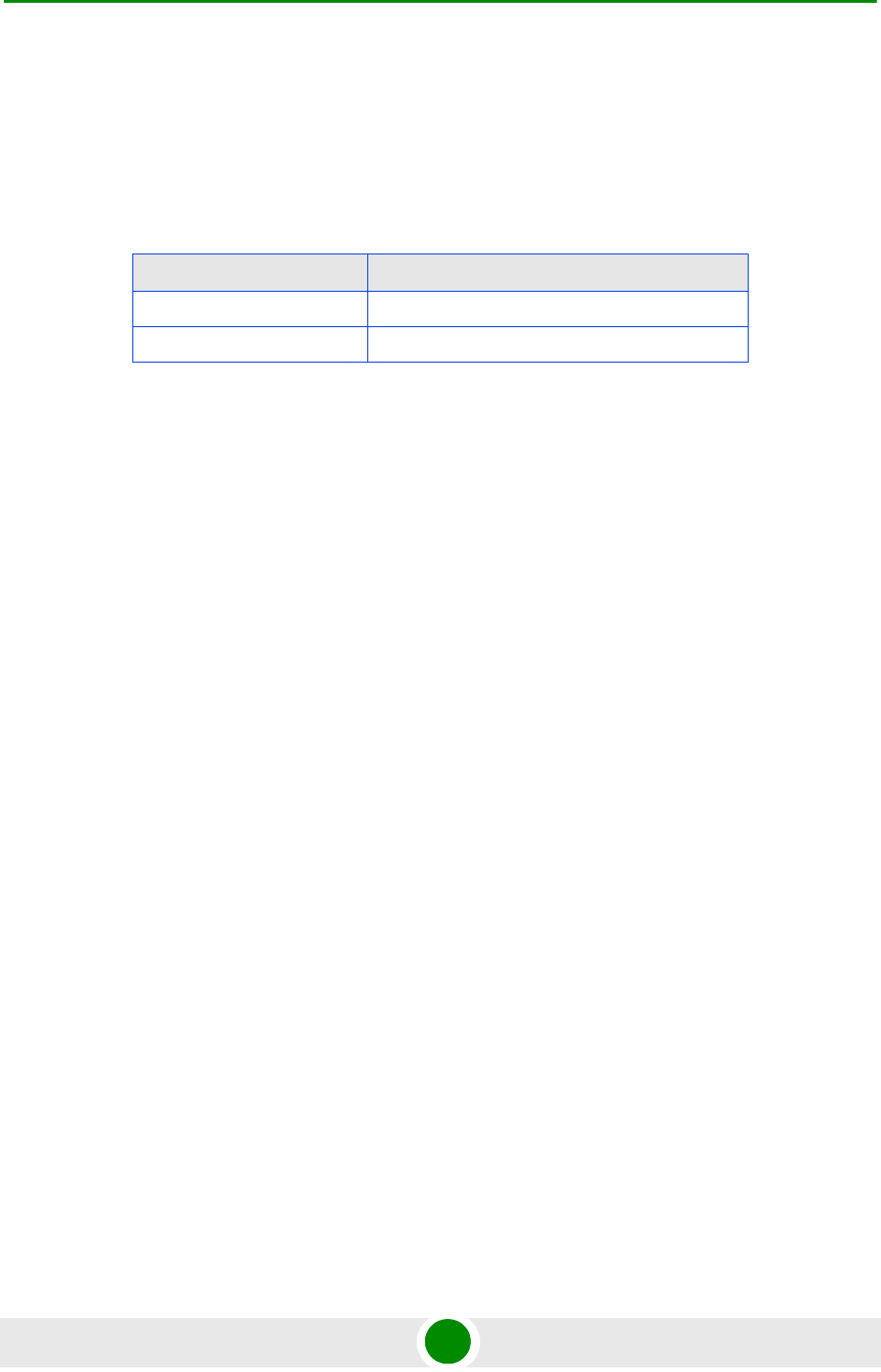User's Manual
Table Of Contents
- BreezeMAX Extreme System Manual
- About This Manual
- Contents
- System Description
- 1.1 About WiMAX
- 1.2 WiMAX Network Architecture
- 1.3 BreezeMAX Extreme
- 1.4 Specifications
- Installation
- 2.1 BTS Installation
- 2.2 GPS Installation
- 2.3 Indoor Power Supply Installation
- 2.4 Cable Connections
- 2.5 External Antennas Connection
- Commissioning
- Operation and Administration
- 4.1 BreezeMAX Extreme System Management
- 4.2 The Monitor Program
- 4.3 IP Addresses Configuration
- 4.4 The Main Menu
- 4.5 BTS Menu
- 4.5.1 Show Summary
- 4.5.2 Show Properties
- 4.5.3 Configuration
- 4.5.4 Unit Control
- 4.5.5 Fault Management
- 4.5.6 Performance Counters
- 4.6 ASN-GW Menu
- 4.7 Sector Menu
- 4.8 BS Menu
- 4.9 Radio Channel Menu
- 4.10 Antenna Menu
- 4.11 GPS Menu
- 4.12 MS Menu
- 4.13 Parameters Summary
- Glossary

Chapter 4 - Operation and Administration ASN-GW Menu
BreezeMAX Extreme 111 System Manual
The maximum tolerated jitter for BE and NRT QoS is 10ms.
4.6.2.4.4 Uplink/Downlink QoS Parameters
The availability of specific QoS parameters depend on the selected QoS Type as
follows:
4.6.2.4.4.1 CIR
CIR is the minimum information transfer rate that the system is committed to
transfer under normal conditions (minimum reserved traffic rate). The rate is
averaged over a minimum increment of time, which is defined by the CT
parameter.
The range is from 32 to 54,000 Kbps.
CIR is applicable for NRT QoS.
4.6.2.4.4.2 MIR
MIR is the maximum information rate that the system will allow for the
connection (maximum sustained traffic rate). The rate is averaged over a
minimum increment of time, which is defined by the CT parameter.
The range is from 32 to 54,000 Kbps.
MIR is applicable for BE and NRT QoS. MIR cannot be lower than CIR.
4.6.2.5 Multiple Service Flows
The Multiple Service Flows menu enables managing Multiple Service Flows,
including the Service Rule(s) associated with each Multiple Service Flow. The
menu for a selected Multiple Service Flow (after the basic parameters are defined)
enables access to the Service Rules submenu. At least one Service Rule must be
assigned to each Multiple Service Flow, up to a maximum of four Service Rules
per Multiple Service Flow. For details refer to Service Rules (Section 4.6.2.6)
below.
The Multiple Service Flow basic parameters are:
Multiple Service Flow ID
Multiple Service Flow Name
Table 4-8: QoS Parameters
QoS Type QoS Parameters
BE MIR
NRT CIR, MIR










